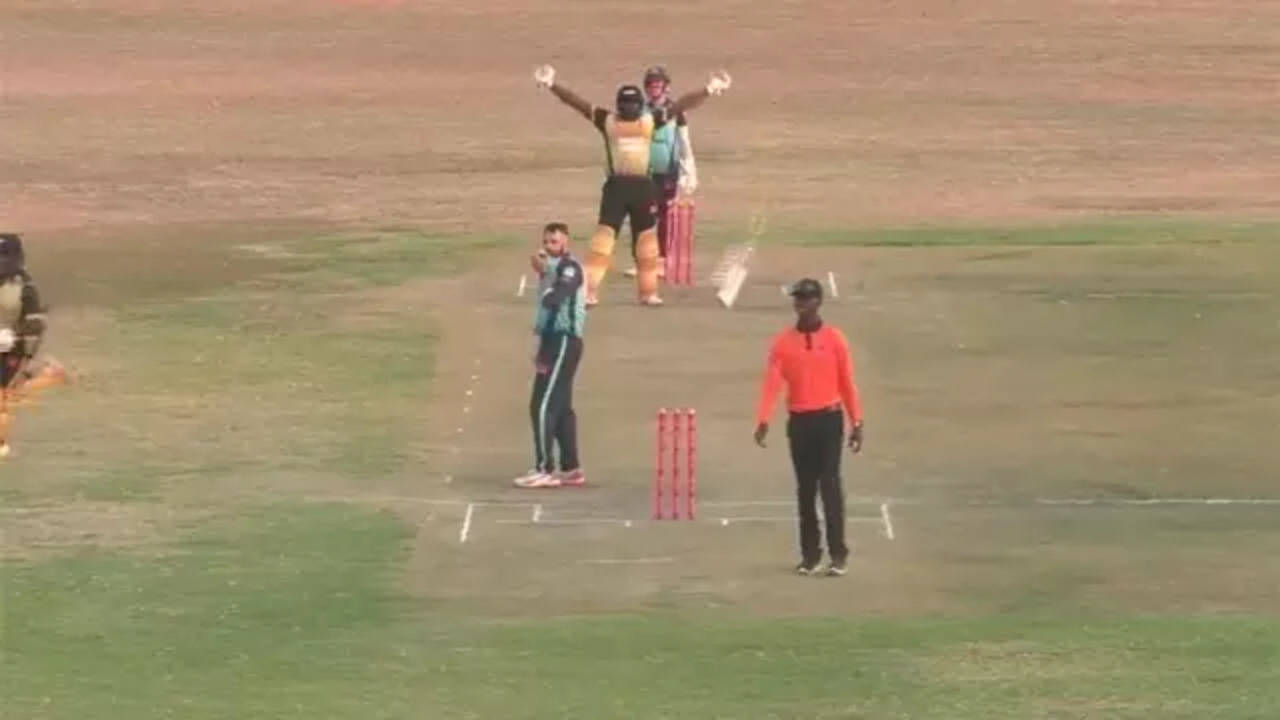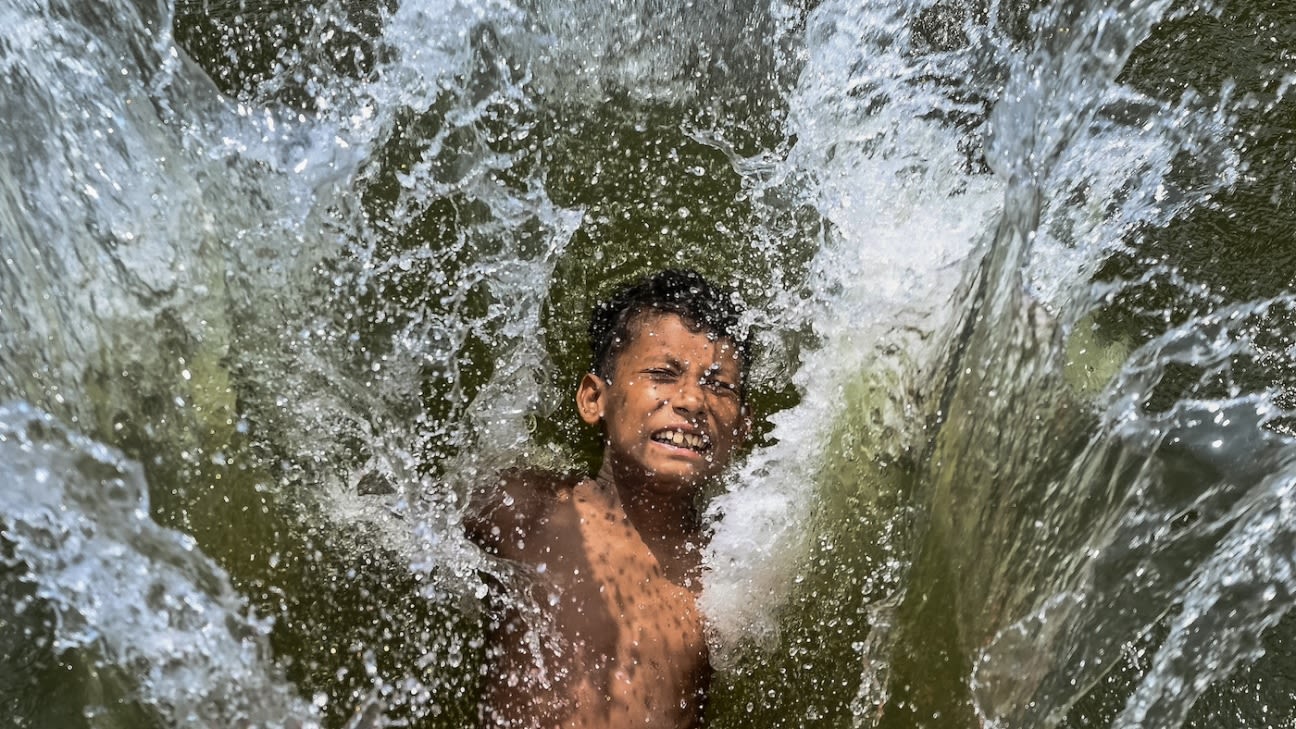Umpire Struck by Flying Bat, Sparking Safety Concerns in Cricket
Cricket Umpire Struck by Flying Bat, Reigniting Safety Concerns
In a shocking incident that has raised concerns about safety protocols in cricket, an on-field umpire was struck on the leg by a flying bat during a player’s celebratory outburst. The video of the incident has gone viral, highlighting the potential hazards faced by umpires.
The incident occurred during a recent match when a batter, overjoyed after hitting the winning six, threw his bat into the air as part of his celebration. The umpire, positioned at the opposite end of the pitch, was preparing to signal the six when the bat landed on his leg, causing visible discomfort. The batter’s celebration had commenced even before the umpire could complete the traditional signal for a six.
Cricket, like many sports, involves inherent risks of physical injury, leading players to don extensive protective gear. Batters wear helmets, pads, gloves, arm guards, and thigh pads, while wicket-keepers use gloves to handle high-speed balls. Umpires, too, have begun adopting protective measures, a practice popularized by Australian umpire Bruce Oxenford.
Oxenford designed an innovative arm guard, shaped like a lollipop, to shield his left arm. First introduced during a 2015 World T20 warm-up match and later seen in the IPL, the device features a black arm attachment and a transparent protective shield. Despite its utility for Oxenford, the contraption hasn’t gained widespread acceptance among other umpires. Some, like fellow Australian John Ward, prefer using conventional helmets for protection.
However, incidents like the recent flying bat highlight the unpredictable dangers in cricket, suggesting that current safety measures may not be comprehensive enough. The unexpected nature of such accidents emphasizes the need for ongoing evaluation and enhancement of safety protocols for umpires.


